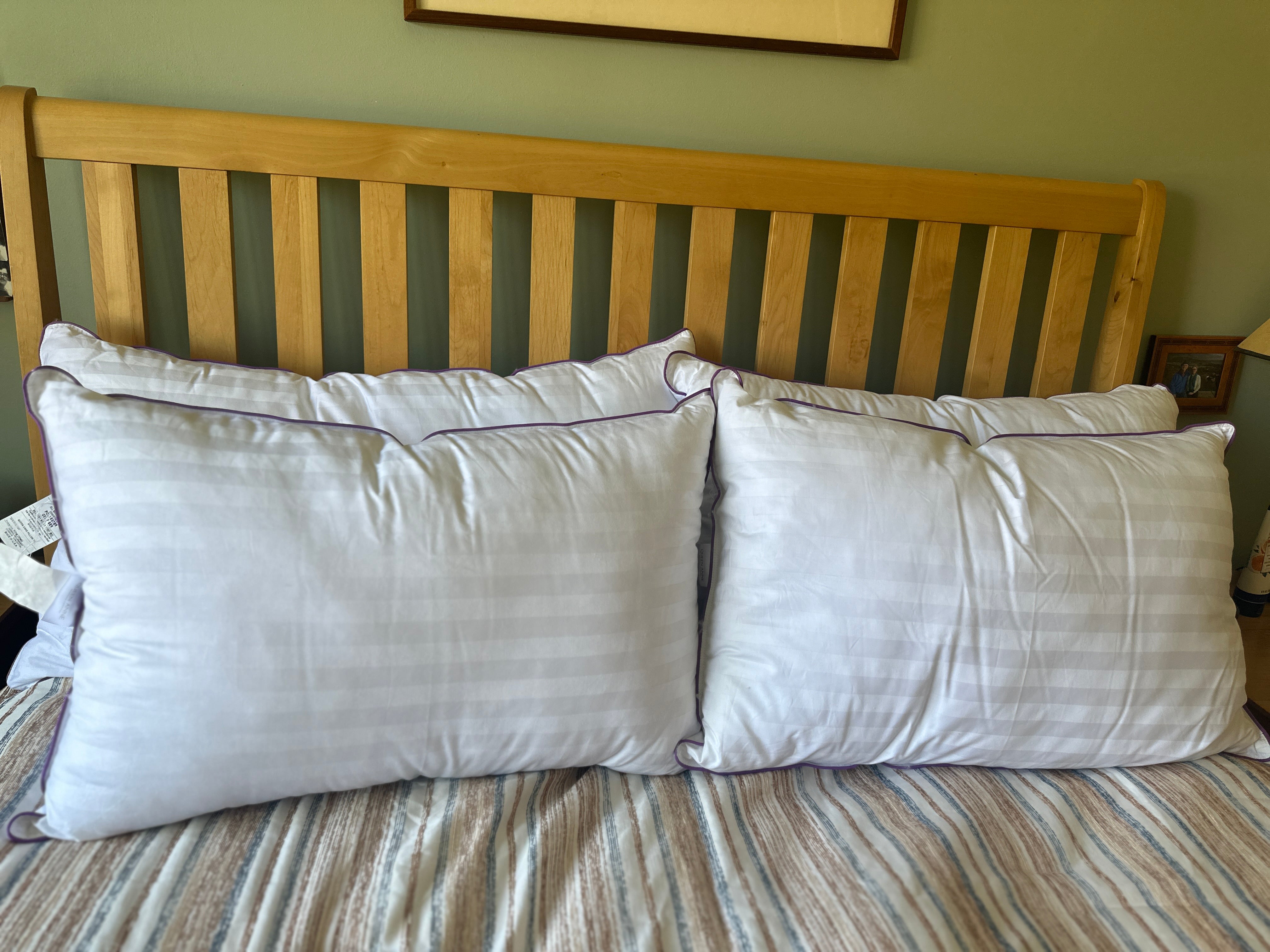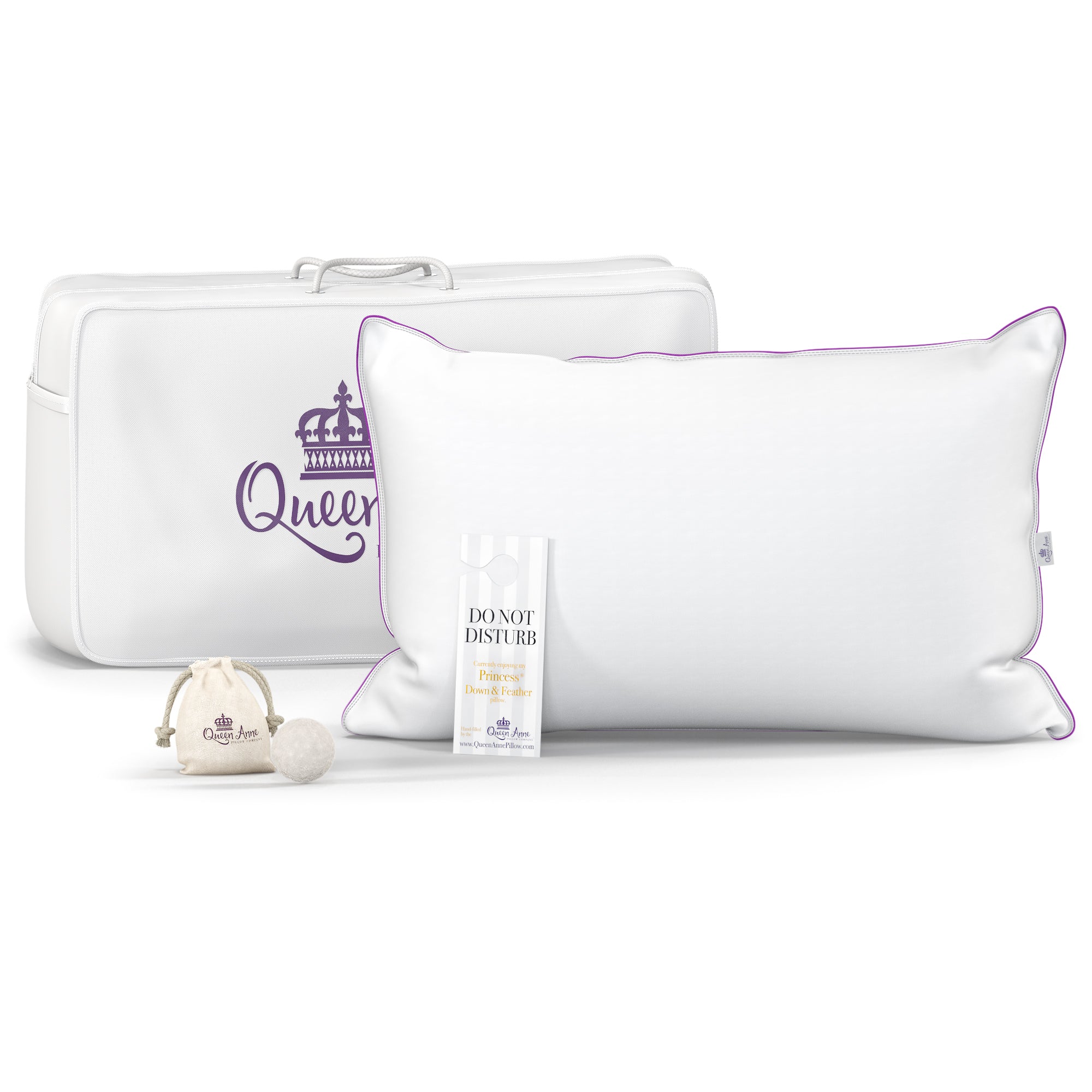
What makes something hypoallergenic?
Hypoallergenic products are meant to reduce the risk of causing an allergic reaction. No product can be guaranteed to be completely allergy-proof, but hypoallergenic products avoid common allergens and irritating substances. Here are some things that contribute to a product being considered hypoallergenic:
1. Avoidance of common allergens. These products do not contain ingredients that are known to commonly trigger allergies, like certain fragrances, dyes, preservatives, and chemicals like parabens and sulfates.
2. Use of gentle ingredients. Hypoallergenic products often use milder, non-irritating ingredients that are less likely to cause skin reactions. For instance, natural oils and extracts that are known for their soothing properties might be used.
3. Minimal ingredient lists. Fewer ingredients can reduce the chance of an allergic reaction. By keeping the formula simple, the product minimized exposure to potential allergens.
4. Free from fragrances and dyes. Many hypoallergenic products are fragrance-free and dye-free, since these are common sources of skin irritation and allergic reactions.
It's important to note that the term "hypoallergenic" is not regulated by government agencies and standards can vary between products and manufacturers. Individuals with specific allergies should always check ingredient lists and may need to do a patch test before using a new product.


